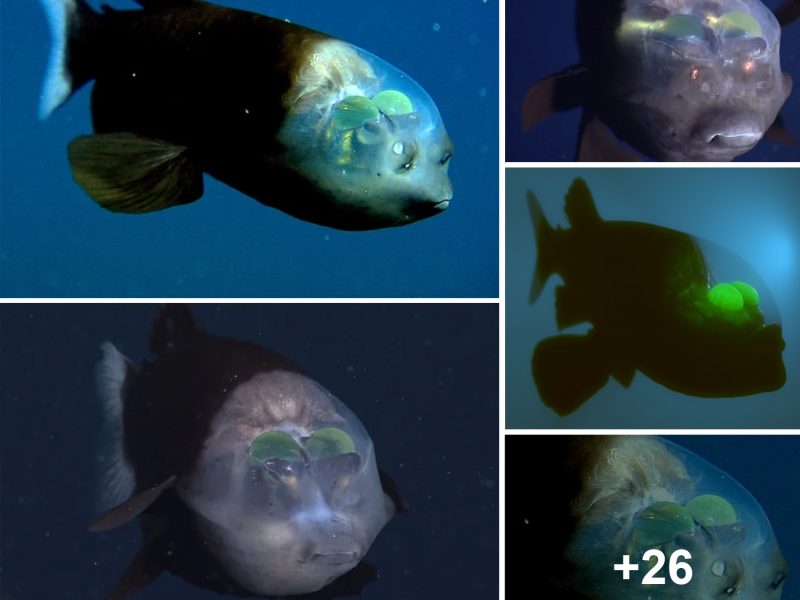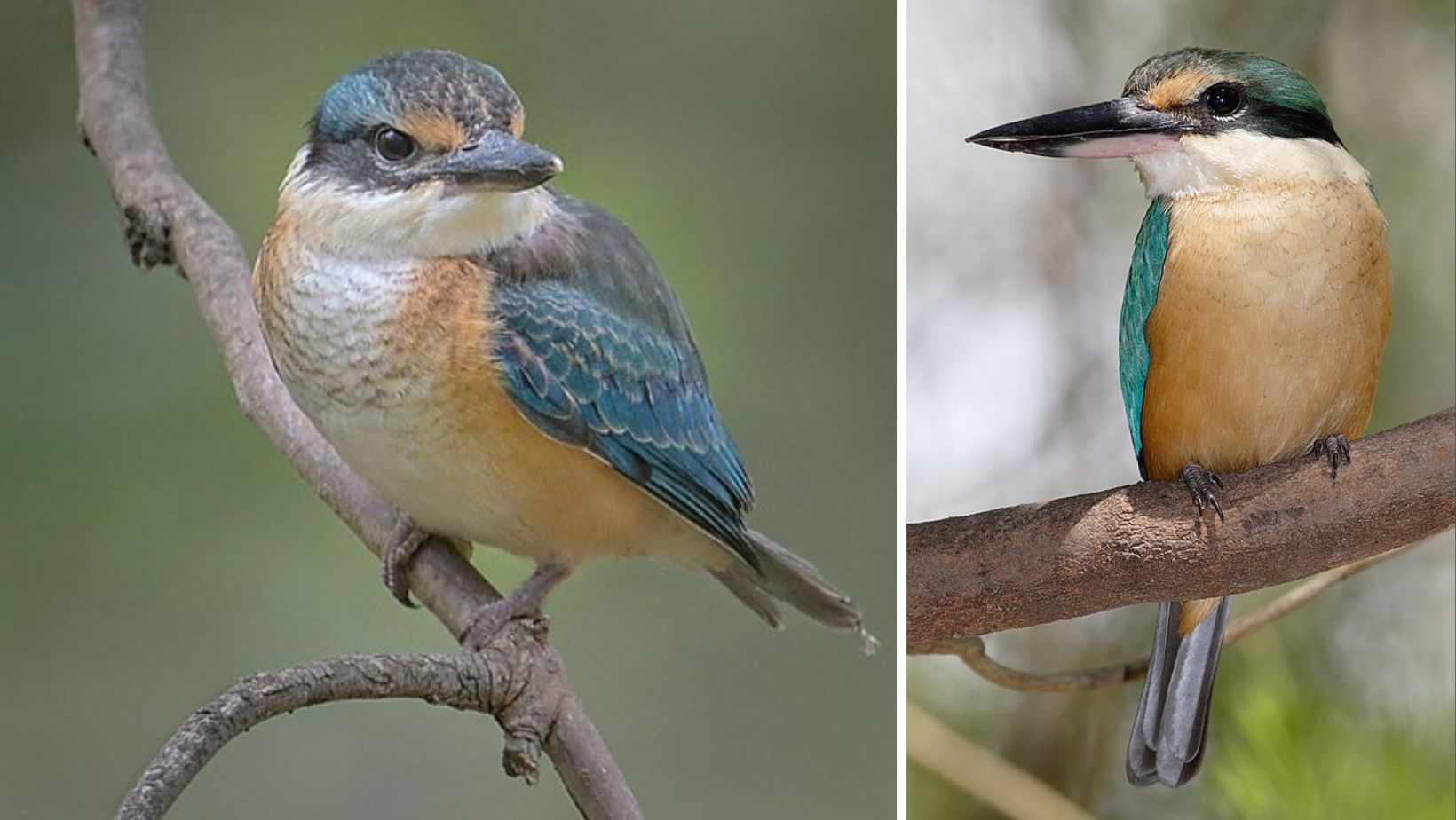
A buff-orange belly coupled with a metallic blue back and a bandit-like mask combines to create a bird considered by many to be sacred.
Meet the Sacred Kingfisher
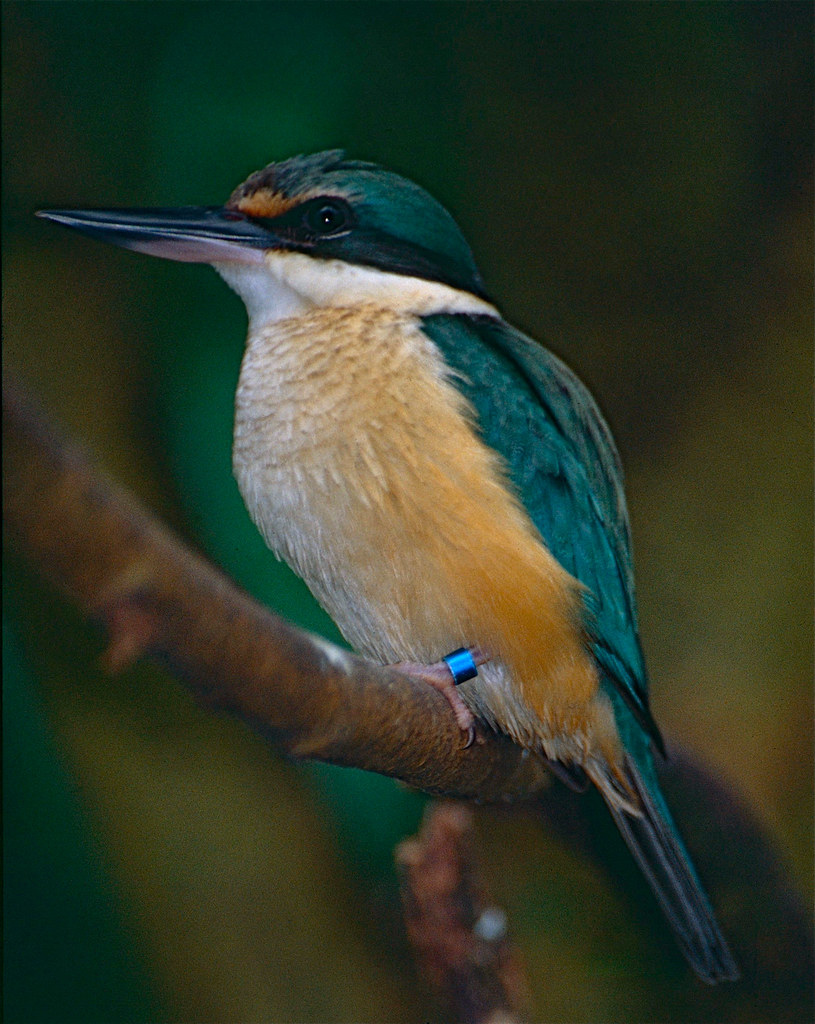 “Sacred Kingfisher (Todiramphus sanctus)” by berniedup is licensed under CC BY-SA 2.0.
“Sacred Kingfisher (Todiramphus sanctus)” by berniedup is licensed under CC BY-SA 2.0.
The Sacred Kingfisher (Todiramphus sanctus) is a medium-sized bird belonging to the Kingfisher family. It boasts a stunning appearance with a turquoise back, turquoise blue rump, and tail, complemented by buff-white underparts and a broad cream collar. A distinctive black eye stripe stretches from its bill to the nape of the neck.
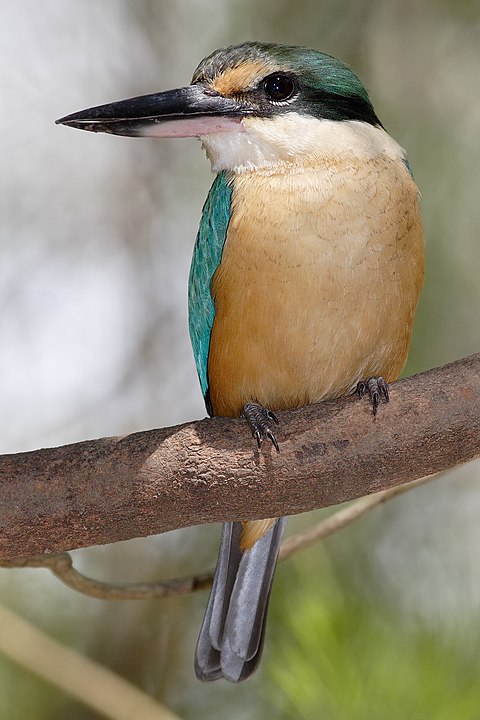 Photo courtesy of fir0002/GFDL 1.2
Photo courtesy of fir0002/GFDL 1.2
While both sexes are similar, the female tends to be lighter with duller upper parts.
Young birds resemble the female but may display varying amounts of rusty-brown edging on the collar and underparts, as well as buff edges on the wing coverts.
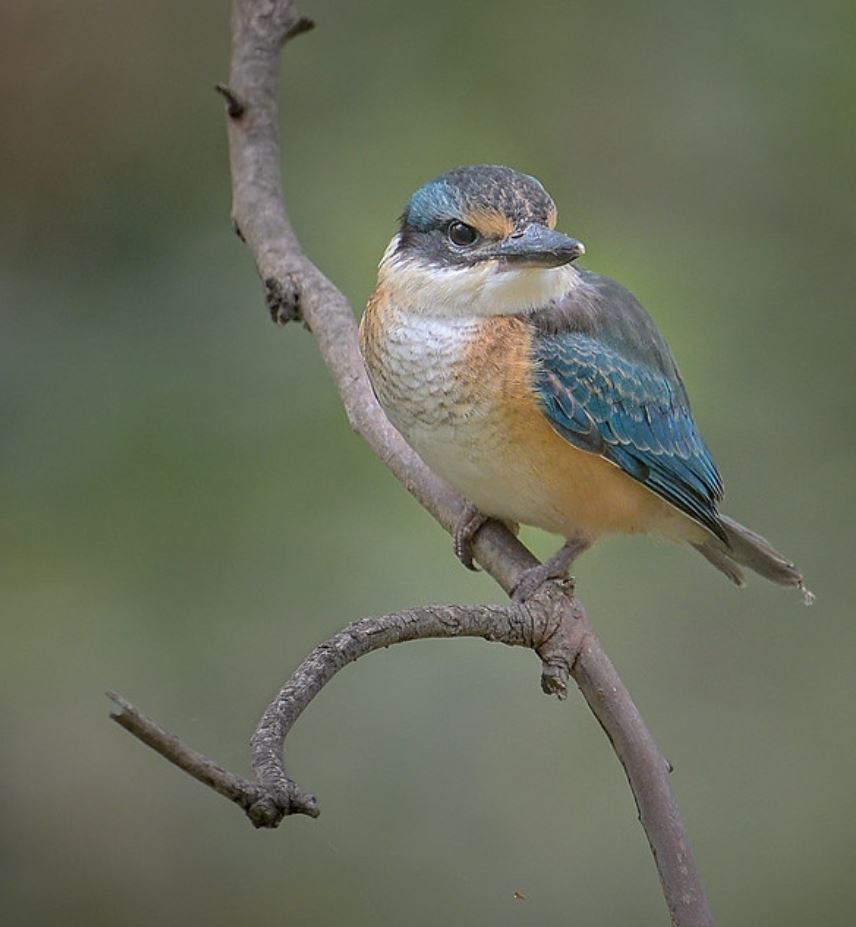 “Sacred Kingfisher: Fresh Presssed” (cropped) by birdsaspoetry is licensed under CC BY 2.0.
“Sacred Kingfisher: Fresh Presssed” (cropped) by birdsaspoetry is licensed under CC BY 2.0.
This enchanting bird is commonly found throughout the coastal regions of mainland Australia and is less prevalent in Tasmania. It also inhabits various islands across Australasia, Indonesia, and New Zealand.
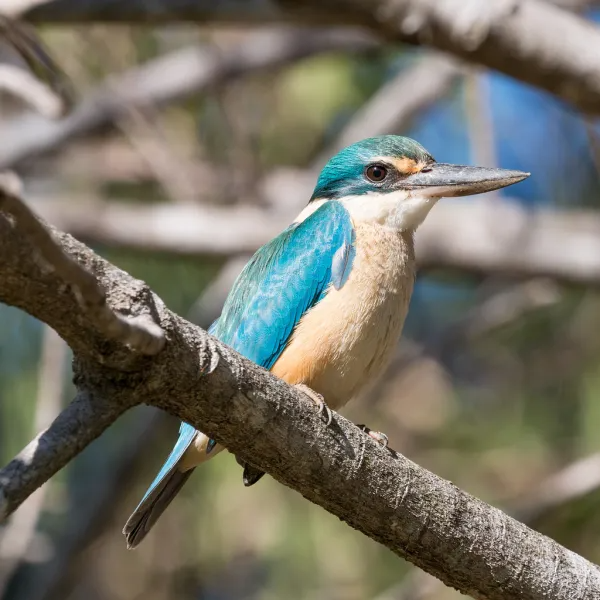 “Sacred Kingfisher” by timsackton is licensed under CC BY-SA 2.0.
“Sacred Kingfisher” by timsackton is licensed under CC BY-SA 2.0.
In Australia, the Sacred Kingfisher thrives in a range of habitats, including woodlands, mangroves, paperbark forests, tall open eucalypt forests, and melaleuca forests. In New Zealand, they occupy a wide range of environments including forests, river margins, farmlands, lakes, estuaries, and rocky coastlines. It thrives in areas where there is a presence of water or open country with adjacent elevated perches. This adaptability allows the bird to make its home in diverse landscapes, making it a truly remarkable and adaptable species.
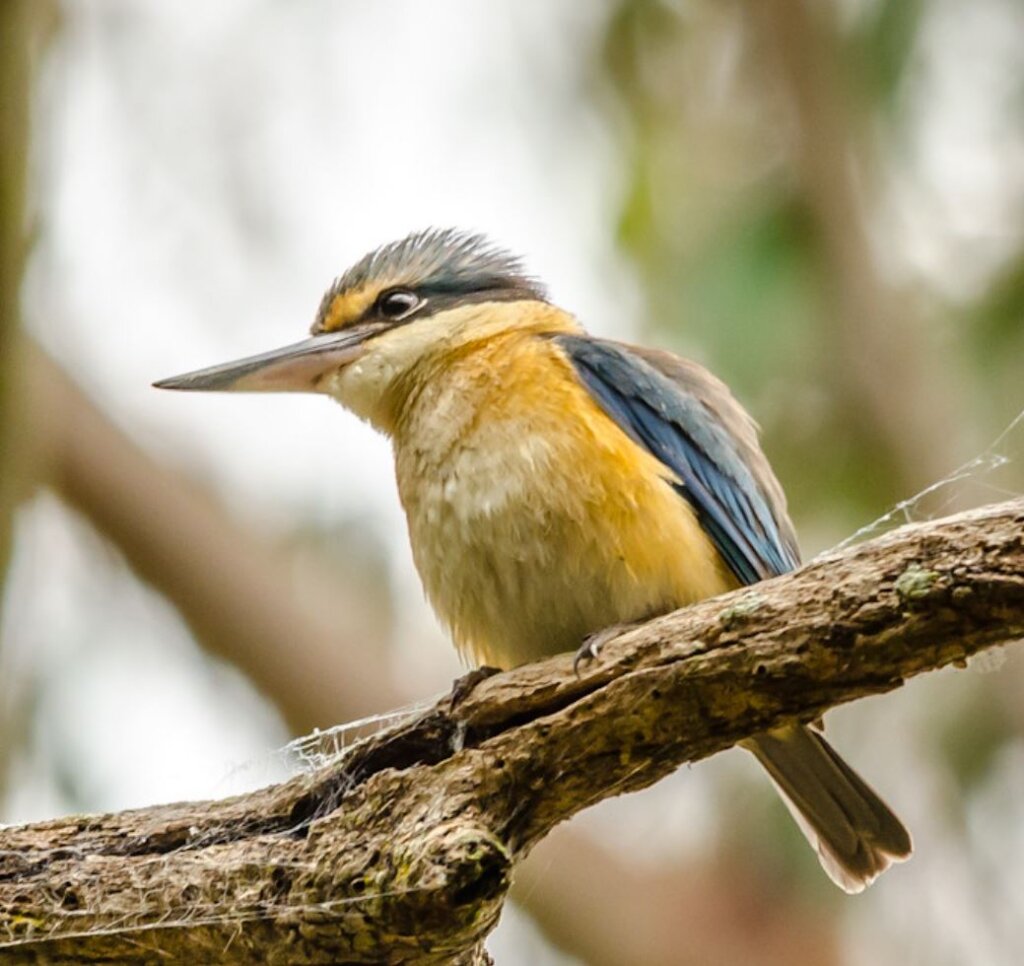 “Sacred Kingfisher” (cropped) by James Niland is licensed under CC BY 2.0.
“Sacred Kingfisher” (cropped) by James Niland is licensed under CC BY 2.0.
The Sacred Kingfisher primarily forages on land, occasionally capturing prey in the water. Its diet consists of crustaceans, reptiles, insects and their larvae, and infrequently, fish. Perched on low exposed branches, the bird keeps a keen eye out for prey. Once it spots a target, it swiftly swoops down, snatching the prey with its bill, and returns to the perch to consume it.
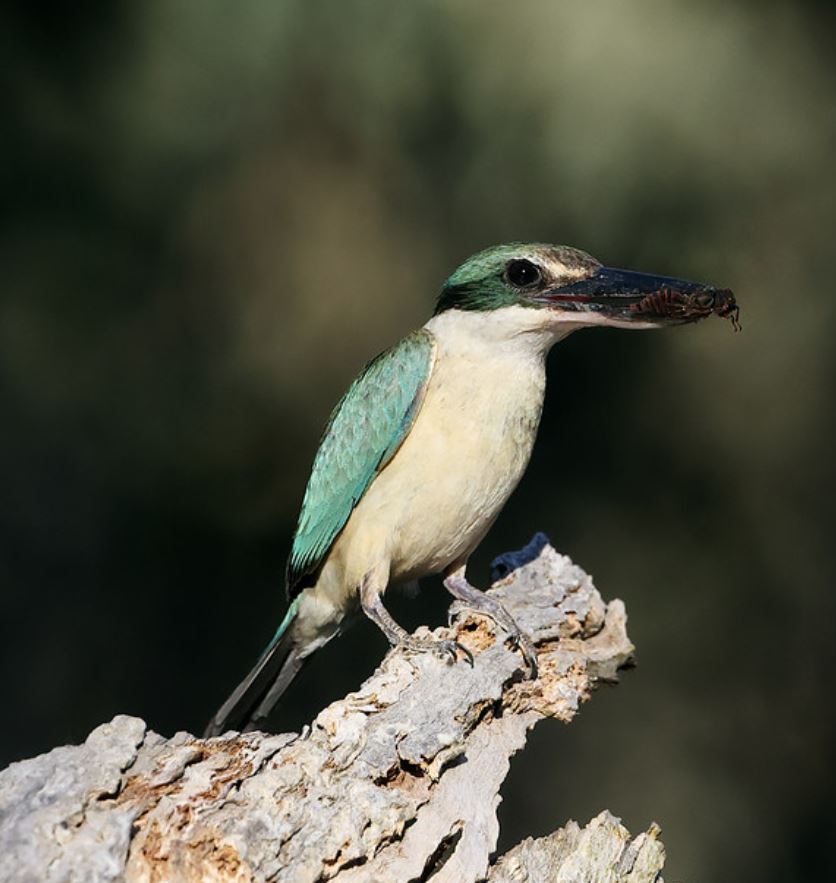 “Sacred Kingfisher (Todiramphus sanctus)” (cropped) by patrickkavanagh is licensed under CC BY 2.0.
“Sacred Kingfisher (Todiramphus sanctus)” (cropped) by patrickkavanagh is licensed under CC BY 2.0.
Throughout most of the year, the Sacred Kingfisher leads a mainly solitary life, forming pairs only during the breeding season. Typically, two clutches of eggs are laid during the breeding period. Both males and females partake in excavating the nest, which is typically a burrow in a termite mound, hollow branch, or riverbank. The nest chamber remains unlined and can be situated up to 20 meters above the ground. Both parents take turns incubating the eggs and caring for the young.
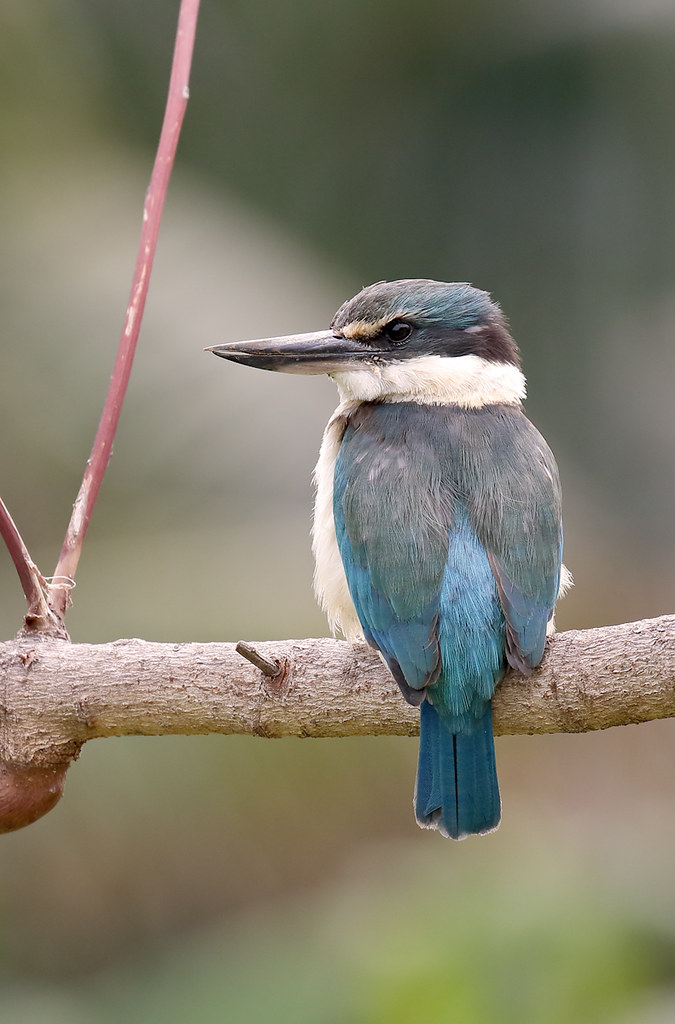 “Sacred Kingfisher (Todiramphus sanctus)” by patrickkavanagh is licensed under CC BY 2.0.
“Sacred Kingfisher (Todiramphus sanctus)” by patrickkavanagh is licensed under CC BY 2.0.
In Australia, the Sacred Kingfisher exhibits seasonal movements, spending the winter in the northern regions of its range and migrating south in the spring to breed.
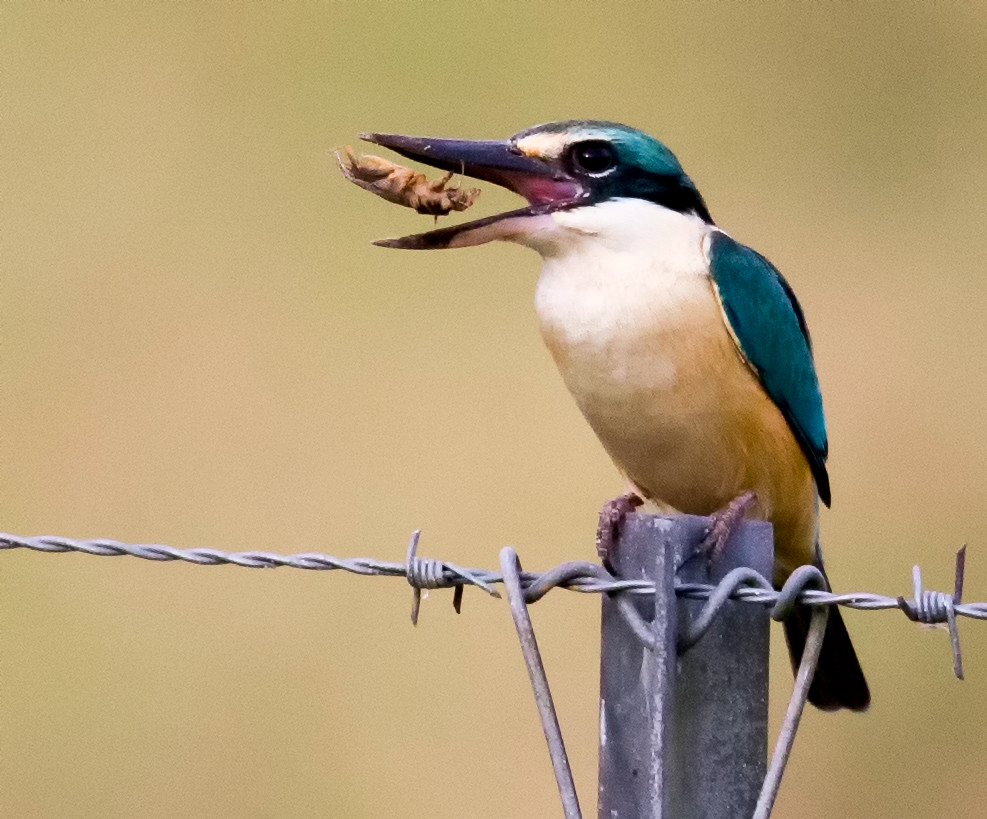 “sacred kingfisher 3” by Jim Bendon is licensed under CC BY-SA 2.0.
“sacred kingfisher 3” by Jim Bendon is licensed under CC BY-SA 2.0.
This bird is regarded as of Least Concern on the IUCN Red List.
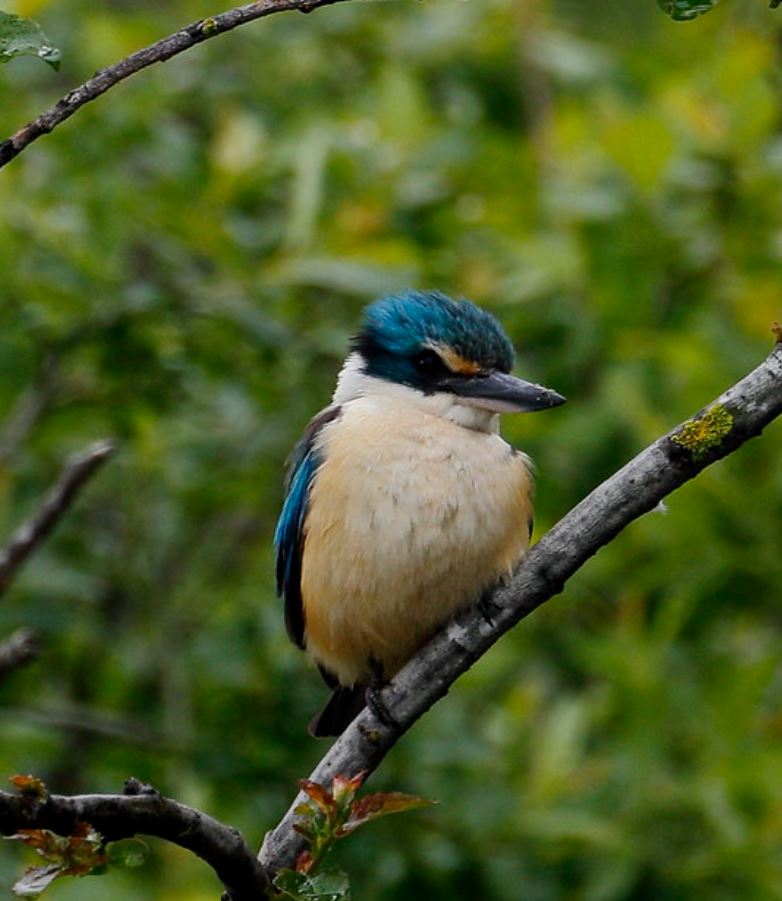 “Sacred Kingfisher” (cropped) by blachswan is licensed under CC BY 2.0.
“Sacred Kingfisher” (cropped) by blachswan is licensed under CC BY 2.0.
Listen to this bird right here:
This article uses material from Wikipedia.org which is licensed under the GNU Free Documentation License via Copyright Wikipedia. Images on this page are the sole property of the photographers (unless marked as Public Domain). Please read the license and or contact the photographers directly before using them for any purpose. Thank you all.
Unmistakable Wearing His Vest Of Fiery Orange Topped Off By A Metallic, Ultramarine Cap, The Male Exhibits A Striking Appearance For All To Admire!
Please SHARE this article with all your bird-loving friends and family.

